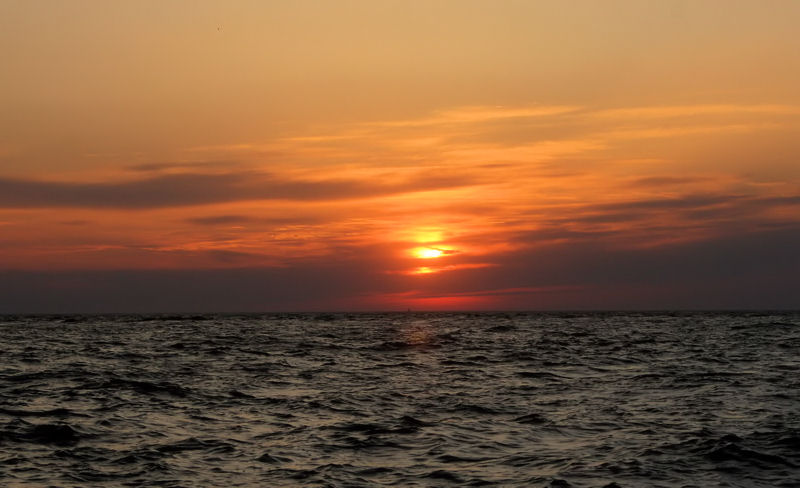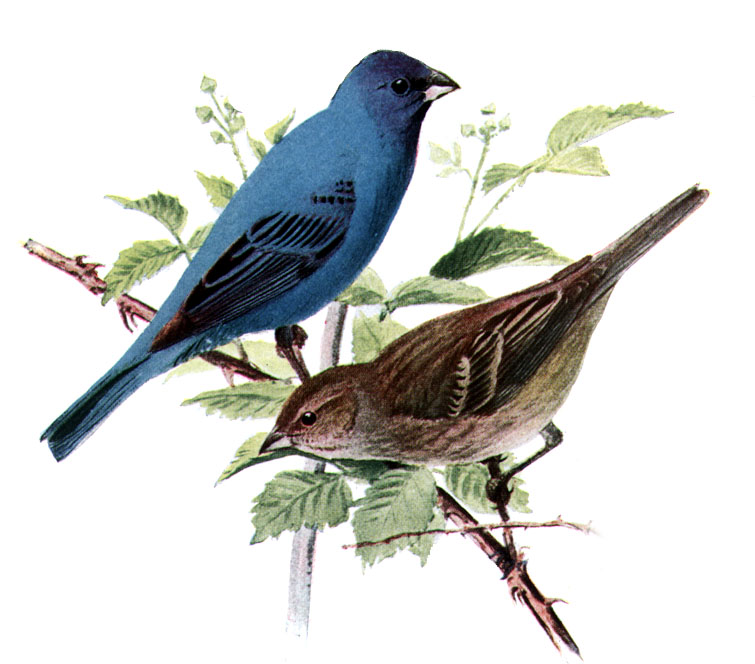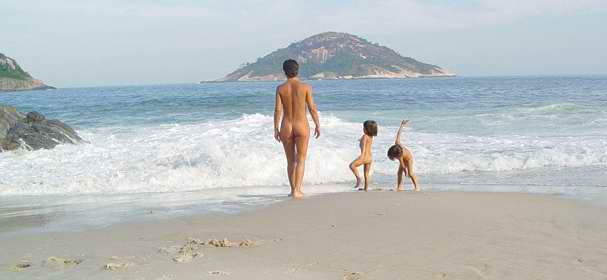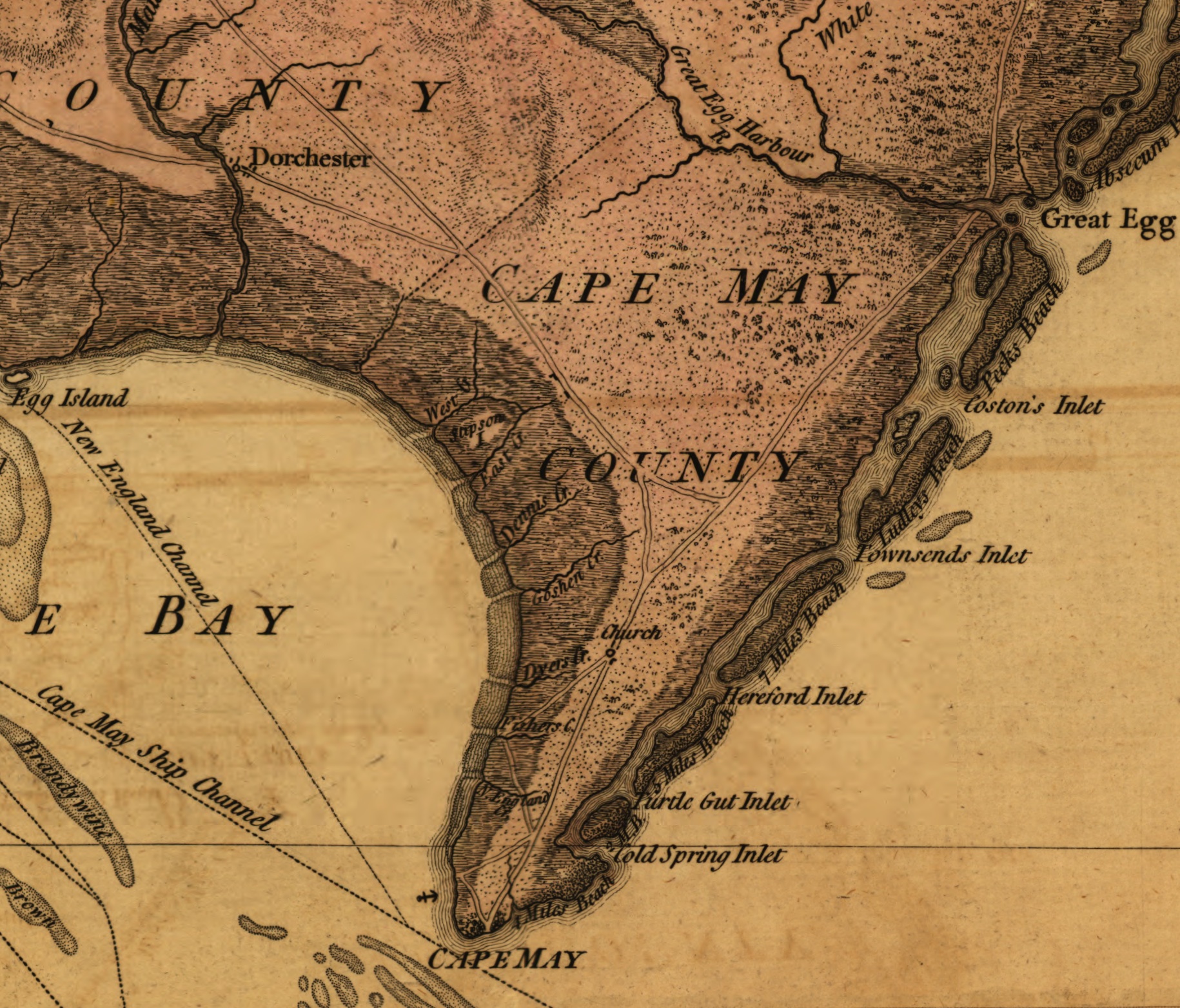|
Higbee Beach
Higbee Beach Wildlife Management Area is a wildlife management area in Lower Township, Cape May County, New Jersey. Geography Higbee Beach features a mile and a half of pristine shoreline from New England Road to Sunset Boulevard. There are six locales at the Wildlife Management Area: Signal Hill, Davey’s Lake, Pond Creek, Sassafras Island, Hidden Valley, and the Magnesite Plant. The Hidden Valley farm was a 92-acre farm that was sold to New Jersey in 1986 and incorporated in Higbee Beach. Part of the farm is used for equestrian activities. Davey's Lake, which is 300 yards long, 90 yards wide, and 12 feet deep, was dug in 1910 by the Cape May Sand Company. History In 1807, a tavern was constructed at the mouth of the New England Creek and Delaware Bay, at the present-day location of the Cape May Canal. It was run by Thomas and Rhoda Forrest until 1823, when pilot Joseph S. Higbee purchased the land. By 1830, he had come to own a large plantation. Higbee used the spot as a la ... [...More Info...] [...Related Items...] OR: [Wikipedia] [Google] [Baidu] |
Lower Township, New Jersey
Lower Township is a township in Cape May County, in the U.S. state of New Jersey. It is part of the Ocean City metropolitan statistical area, which covers the entire county for statistical purposes. As of the 2020 U.S. census, the township's population was 22,057, a drop of 809 from the 2010 census count of 22,866, which reflected a decrease of 79 (−0.3%) from the 22,945 counted in the 2000 census. '' New Jersey Monthly'' magazine ranked Lower Township as its 34th best place to live in its 2008 rankings of the "Best Places To Live" in New Jersey. The township is part of the state's South Jersey region. History Before the region was settled by Europeans, the Kechemeche tribe of the Lenape Native Americans inhabited South Jersey, and traveled to the barrier islands during the summer to hunt and fish.Snyder, John P''The Story of New Jersey's Civil Boundaries: 1606-1968'' Bureau of Geology and Topography; Trenton, New Jersey; 1969. p. 118. Accessed October 16, 2012.Holden, Rob ... [...More Info...] [...Related Items...] OR: [Wikipedia] [Google] [Baidu] |
Cape May Times
The ''Cape May Time''s was created in 2001 by Jane Kashlak, a former WNBC investigative producer and five-time New York Emmy Award winner. The online publication originated as a guide to local events and movie times. Since then it has grown to include information about many aspects of life in Cape May, New Jersey. The ''Cape May Times'' features stories about nature, as The Washington Post mentioned in an article on winter breaks. While the site has much information for tourists, it also provides a local person's view of life in Cape May. Kashlak, the ''Times editor, was named one of South Jersey South Jersey comprises the southern portion of the U.S. state of New Jersey located between the lower Delaware River and the Atlantic Ocean. The designation of South Jersey with a distinct toponym is a colloquialism rather than an administrative ...’s People To Watch in 2009. References External links * {{New Jersey Cape May, New Jersey Cape May County, New Jersey 2001 e ... [...More Info...] [...Related Items...] OR: [Wikipedia] [Google] [Baidu] |
Philadelphia Inquirer
''The Philadelphia Inquirer'' is a daily newspaper headquartered in Philadelphia, Pennsylvania. The newspaper's circulation is the largest in both the U.S. state of Pennsylvania and the Delaware Valley metropolitan region of Southeastern Pennsylvania, South Jersey, Delaware, and the northern Eastern Shore of Maryland, and the 17th largest in the United States as of 2017. Founded on June 1, 1829 as ''The Pennsylvania Inquirer'', the newspaper is the third longest continuously operating daily newspaper in the nation. It has won 20 Pulitzer Prizes . ''The Inquirer'' first became a major newspaper during the American Civil War. The paper's circulation dropped after the Civil War's conclusion but then rose again by the end of the 19th century. Originally supportive of the Democratic Party, ''The Inquirers political orientation eventually shifted toward the Whig Party and then the Republican Party before officially becoming politically independent in the middle of the 20th centu ... [...More Info...] [...Related Items...] OR: [Wikipedia] [Google] [Baidu] |
Cape May Diamonds
Cape May diamonds (sometimes capitalized "Diamonds") are quartz pebbles found on the beaches of Cape May Point, New Jersey. The pebbles are sometimes collected, cut and polished to resemble diamonds, then sold locally as souvenirs. Cape May diamonds are usually collected by beach combing and are most abundant at Higbee (sometimes, Higby's) and Sunset beaches in Cape May. Cape May diamonds range in size from the finest sand to a "Cape May diamond" found in New Castle, Delaware in 1866. In the 1960s a small intact quartz crystal was found at Sunset Beach which showed almost no signs of rounding by erosion. This dispelled some early myths of their source which included a large boulder of quartz offshore. Origin Cape May diamonds are actually pieces of quartz washed down, and worn smooth in the process, from the upper Delaware River. Apocryphally, the trip takes thousands of years. However, geologists suggest the pebbles are local in origin, washing out of nearby Pleistocene gravel ... [...More Info...] [...Related Items...] OR: [Wikipedia] [Google] [Baidu] |
Spiranthes Odorata
''Spiranthes odorata'', marsh lady's tresses or common lady's tresses, is a species of flowering plant in the orchid family, native to the southeastern United States, from Texas eastwards and northwards to Delaware. It grows in moist, partially shaded environments with acidic or neutral soil. An herbaceous perennial, this orchid grows up to tall and broad. The flowers are borne in dense vertical rows on sturdy green spikes, in a slightly twisted pattern (hence ''Spiranthes'', "twisted flower"). This effect is due to uneven cell growth. The flowers, which appear in late summer and autumn, are white, hooded and fragrant (hence the specific epithet ''odorata''). This plant is pollinated by bumblebees, notably '' Bombus pensylvanicus'', '' Bombus fervidus'', '' Bombus impatiens'', and ''Bombus nevadensis''. In the UK, the cultivar ‘Chadd’s Ford’ has gained the Royal Horticultural Society’s Award of Garden Merit. Requiring a fertile soil in partial shade, it is hardy dow ... [...More Info...] [...Related Items...] OR: [Wikipedia] [Google] [Baidu] |
Prairie Warbler
The prairie warbler (''Setophaga discolor'') is a small songbird of the New World warbler family. Description These birds have yellow underparts with dark streaks on the flanks, and olive overparts with rusty streaks on the back; they have a yellow line above the eye, a dark line through it, and a yellow spot below it. These birds have black legs, long tails, two pale wing bars, and thin pointed bills. Coloring is duller in female and immatures. Measurements Vocalizations Prairie warblers have two categories of songs, referred to as Type A and Type B. Type A songs are typically a series of ascending buzzy notes. The B songs are an ascending series of whistled notes that often contain some buzzy notes. Compared to A songs, the B songs are lower in pitch, have fewer, longer notes. The total song length is longer as well in Type B songs. The use of these two song categories is associated with certain contexts. A songs are sung throughout the day when males first arrive on their b ... [...More Info...] [...Related Items...] OR: [Wikipedia] [Google] [Baidu] |
Yellow-breasted Chat
The yellow-breasted chat (''Icteria virens'') is a large songbird found in North America, and is the only member of the family Icteriidae. It was once a member of the New World warbler family, but in 2017, the American Ornithological Society moved it to its own family. Its placement is not definitively resolved. Taxonomy The yellow-breasted chat was formerly considered the largest member of the family New World warbler, Parulidae, but following taxonomic studies, it was moved to the Monotypic taxon, monotypic family Icteriidae. Although Icteriidae is a distinct family from the Icterid, New World blackbirds (Icterid, Icteridae), which have a very similar name, taxonomic studies support them as being the closest living relatives of one another, and in a 2019 study Carl Oliveros and colleagues actually classified the yellow-breasted chat as a member of Icteridae. In addition, the former grouping of the yellow-breasted chat as a warbler was not too far off, as Parulidae is now consi ... [...More Info...] [...Related Items...] OR: [Wikipedia] [Google] [Baidu] |
Indigo Bunting
The indigo bunting (''Passerina cyanea'') is a small seed-eating bird in the cardinal family, Cardinalidae. It is migratory, ranging from southern Canada to northern Florida during the breeding season, and from southern Florida to northern South America during the winter. It often migrates by night, using the stars to navigate. Its habitat is farmland, brush areas, and open woodland. The indigo bunting is closely related to the lazuli bunting and interbreeds with the species where their ranges overlap. The indigo bunting is a small bird, with a length of . It displays sexual dimorphism in its coloration; the male is vibrant blue in the summer, with brightly colored plumage during the breeding season to attract a mate. It is brown during the winter months, while the female is brown year-round. Nest-building and incubation are done solely by the female. The diet of the indigo bunting consists primarily of insects during the summer months and seeds during the winter months. Ta ... [...More Info...] [...Related Items...] OR: [Wikipedia] [Google] [Baidu] |
Blue Grosbeak
The blue grosbeak (''Passerina caerulea''), is a medium-sized North American passerine bird in the cardinal family Cardinalidae. It is mainly migratory, wintering in Central America and breeding in northern Mexico and the southern United States. The male is blue with two brown . The female is mainly brown with scattered blue feathers on the upperparts and two brown wing bars. Taxonomy The blue grosbeak was Species description, formally described by the Swedish naturalist Carl Linnaeus in 1758 in the 10th edition of Systema Naturae, tenth edition of his ''Systema Naturae'' under the binomial nomenclature, binomial name ''Loxia caerulea''. The specific epithet ''caerulea'' is the Latin word for "blue", "azure-blue", "sky-blue" or "dark-blue". Linnaeus based his own description on the "blew gross-beak" described and illustrated by Mark Catesby in his ''The Natural History of Carolina, Florida and the Bahama Islands''. The book had been published in 1729–1732. Catesby gave the locat ... [...More Info...] [...Related Items...] OR: [Wikipedia] [Google] [Baidu] |
Higbee Beach
Higbee Beach Wildlife Management Area is a wildlife management area in Lower Township, Cape May County, New Jersey. Geography Higbee Beach features a mile and a half of pristine shoreline from New England Road to Sunset Boulevard. There are six locales at the Wildlife Management Area: Signal Hill, Davey’s Lake, Pond Creek, Sassafras Island, Hidden Valley, and the Magnesite Plant. The Hidden Valley farm was a 92-acre farm that was sold to New Jersey in 1986 and incorporated in Higbee Beach. Part of the farm is used for equestrian activities. Davey's Lake, which is 300 yards long, 90 yards wide, and 12 feet deep, was dug in 1910 by the Cape May Sand Company. History In 1807, a tavern was constructed at the mouth of the New England Creek and Delaware Bay, at the present-day location of the Cape May Canal. It was run by Thomas and Rhoda Forrest until 1823, when pilot Joseph S. Higbee purchased the land. By 1830, he had come to own a large plantation. Higbee used the spot as a la ... [...More Info...] [...Related Items...] OR: [Wikipedia] [Google] [Baidu] |
Nude Beach
A nude beach, sometimes called a clothing-optional or free beach, is a beach where users are at liberty to be nudity, nude. Nude beaches usually have mixed bathing. Such beaches are usually on public lands, and any member of the public is allowed to use the facilities without membership in any movement or subscription to any personal belief. The use of the beach facilities is normally anonymous. Unlike a naturist resort or facility, there is normally no membership or vetting requirement for the use of a nude beach. The use of nude beach facilities is usually casual, not requiring pre-booking. Nude beaches may be official (legally sanctioned), unofficial (tolerated by residents and law enforcement), or illegal. In some countries, nude beaches are relatively few and are usually at some distance from cities, and access is at times more difficult than at a regular beach and the facilities at these beaches tend to be very basic with a few notable exceptions. In other countries, like ... [...More Info...] [...Related Items...] OR: [Wikipedia] [Google] [Baidu] |
Cape May County, New Jersey
Cape May County is the southernmost county in the U.S. state of New Jersey. Much of the county is located on Cape May bound by Delaware Bay to its west and the Atlantic Ocean to its south and east. Adjacent to the Atlantic coastline are five barrier islands that have been built up as seaside resorts. A consistently popular summer destination with of beaches, Cape May County attracts vacationers from New Jersey and surrounding states, with the summer population exceeding 750,000. Tourism generates annual revenues of about $6.6 billion as of 2018, making it the county's single largest industry, with leisure and hospitality being Cape May's largest employment category. Its county seat is the Cape May Court House section of Middle Township. As of the 2020 U.S. census, the county's population was 95,263, making it the state's second-least populous county. Its 2020 population represents a 2.1% decrease from the 97,265 counted in the 2010 census. [...More Info...] [...Related Items...] OR: [Wikipedia] [Google] [Baidu] |



.jpg)


